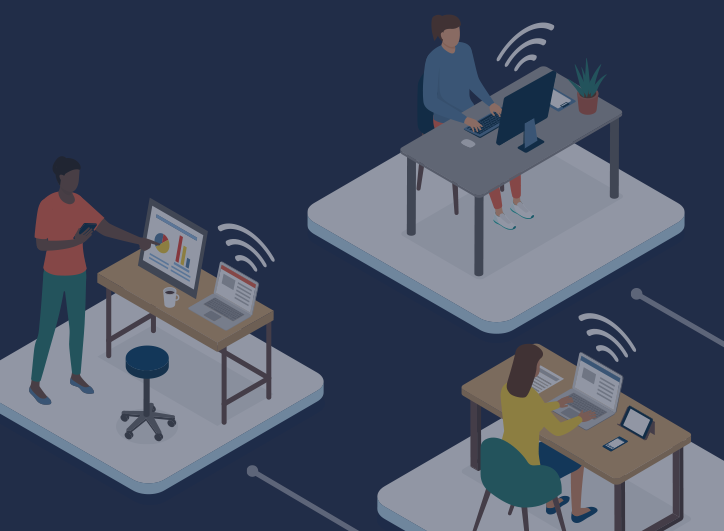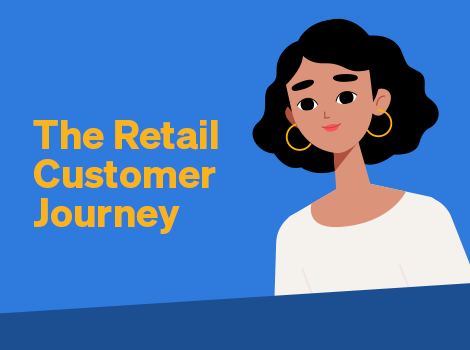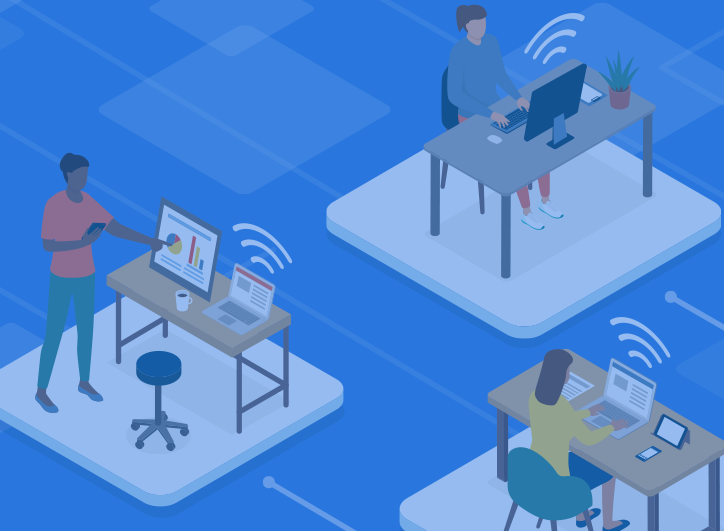Found 133 Results for "retail"

Total Retail TECH

B2C email marketing strategies for retail brands
B2C email marketing is an essential sales strategy for retailers. You can promote products and sales, showcase your items in action, and build a loyal customer base that gets excit ...

How the Best Retail Marketers Make It Personal
To describe the job of today’s digital marketer as competitive would be a major understatement. Standing out in the noisy crowd is a challenge that never ends — and actually c ...

5 Most Important Email Marketing KPIs for Retailers
There aren’t a lot of doubters these days when it comes to the fact that email is one of the most impactful and cost-effective tools in the retail marketer’s kit. But especiall ...

Brand Insider Summit: Retail

Why Retail Marketers Can’t Live Without Direct Data Access in 2022
Not all that long ago, retail marketers probably could have argued that having live, real-time access to their customer data was more of a nice-to-have than an absolute necessity. ...

How MessageGears Segment Can Change How Retail Marketers Build Audiences
For retail marketers, segmenting various audiences is nothing new. When you’re putting together personalized campaigns, it’s an essential part of the work. Whatever platform yo ...

The Retail Customer Journey: How Better Messaging Can Create Loyal Brand Advocates
For retailer marketers, taking a potential customer all the way to being a loyal, long-term brand advocate is practically the holy grail. That’s where everything comes togeth ...

Retail Engagement and Deliverability Strategies Throughout the Year
As a retailer, the ultimate goal of your email program is to drive revenue, but that’s not necessarily the only goal. A few precursors have to take place before any email can gen ...

When SMS Makes Sense for Retailers
Virtually everyone today uses SMS in their day-to-day lives. But, among some retail brands, it’s still struggled to gain a foothold as a marketing channel. That’s understandabl ...

3 Things the Best Retail Digital Marketing Accomplishes
If you’re in the retail space, there’s no denying that digital marketing is important to your brand. The days of brick-and-mortar sales being the primary driver of retail succe ...